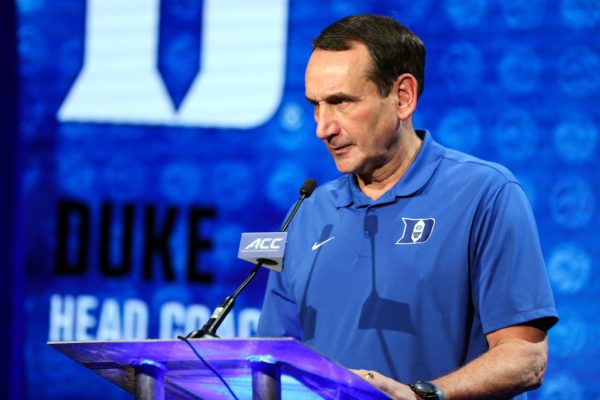On the Predictive Power of Top 10 Rankings…
Posted by Will Ezekowitz on November 8th, 2016The college basketball season is right around the corner, but all we have to amuse ourselves until tip-off this Friday night are the myriad published projections and preseason polls. I am a big fan of preseason polls, and have written extensively in the past about both their predictive power and their biases. This year I decided to focus on the preseason and postseason top 10s (note that only the USA Today/Coaches Poll publishes its final poll after the NCAA Tournament has completed). I was curious if there was any continuity between the two and the corresponding likelihood of a team finishing in the postseason top 10 given their inclusion in the preseason top 10.

Duke is Back in the Top 10, But the Blue Devils Didn’t Finish There Last Season. Does it Matter? (USA Today Images)
First, a quick note about each poll. A natural first instinct is to dismiss the preseason Top 25 as little more than idle speculation, but it has proven over time to be a useful predictive tool. In a sport with relatively little year-to-year continuity, the projections of the preseason polls are useful proxies for the objective talent of a team, which is notoriously difficult to quantify. The postseason poll (i.e., the poll taken after the conclusion of NCAA Tournament) is functionally irrelevant in college basketball, but it is a good metric of holistic season success. The Tournament exerts its weighty influence on the judgment of those teams, but it seems harsh to factor the entire perception of teams on a few games in March. The postseason Top 25 represents a season-long assessment. For example, Michigan State, a strong #2 seed that many pundits and fans alike projected into the Final Four, shockingly lost to #15 seed Middle Tennessee State in the First Round. The Spartans were therefore ranked seventh in the postseason poll, which ultimately felt about right.










































